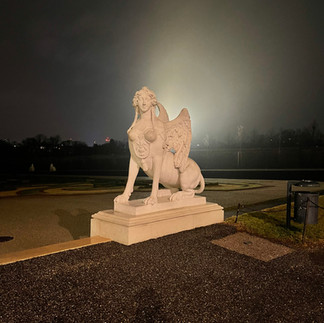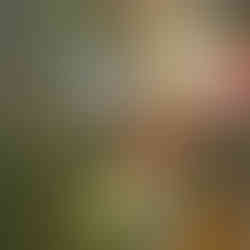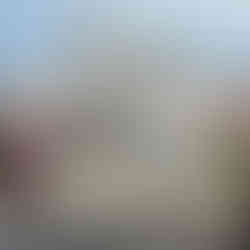Belvedere, Vienna
- tarapat

- Jan 6, 2022
- 2 min read
Updated: Mar 4, 2022
The Belvedere is a historic building complex in Vienna, Austria, consisting of two Baroque palaces (the Upper and Lower Belvedere), the Orangery, and the Palace Stables. The buildings are set in a Baroque park landscape in the third district of the city, on the south-eastern edge of its centre. It houses the Belvedere museum. The grounds are set on a gentle gradient and include decorative tiered fountains and cascades, Baroque sculptures, and majestic wrought iron gates. The Baroque palace complex was built as a summer residence for Prince Eugene of Savoy.
The Belvedere was built during a period of extensive construction in Vienna, which at the time was both the imperial capital and home to the ruling Habsburg dynasty. This period of prosperity followed on from the commander-in-chief Prince Eugene of Savoy's successful conclusion of a series of wars against the Ottoman Empire.

Upper Belvedere
https://de.wikipedia.org/wiki/Wikipedia:Hauptseite Upper Belvedere at night
The construction of the Upper Belvedere began as early as 1717, as testified by two letters that Prince Eugene sent from Belgrade to his servant Benedetti in summer 1718, describing the progress of work on the palace. Construction was so far advanced by 2 October 1719 that the prince was able to receive the Turkish ambassador Ibrahim Pasha there. The decoration of the interior started as early as 1718. In 1719 he commissioned the Italian painter Francesco Solimena to execute both the altarpiece for the Palace Chapel and the ceiling fresco in the Golden Room. In the same year Gaetano Fanti was commissioned to execute the illusionistic quadratura painting in the Marble Hall. In 1720 Carlo Carlone was entrusted with the task of painting the ceiling fresco in the Marble Hall, which he executed from 1721 to 1723.
The building was completed in 1723. The Sala Terrena, however, was at risk of collapsing due to structural problems, and in the winter of 1732–33 Hildebrandt was forced to install a vaulted ceiling supported by four Atlas pillars, giving the room its current appearance. Salomon Kleiner, an engineer from the Mainz elector's court, produced a ten-part publication between 1731 and 1740 containing a total of ninety plates, entitled Wunder würdiges Kriegs- und Siegs-Lager deß Unvergleichlichen Heldens Unserer Zeiten Eugenii Francisci Hertzogen zu Savoyen und Piemont ("Wondrous war and victory encampment of the supreme hero of our age Eugene Francis Duke of Savoy and Piedmont"), which documented in precise detail the state of the Belvedere complex.


















































































Comments